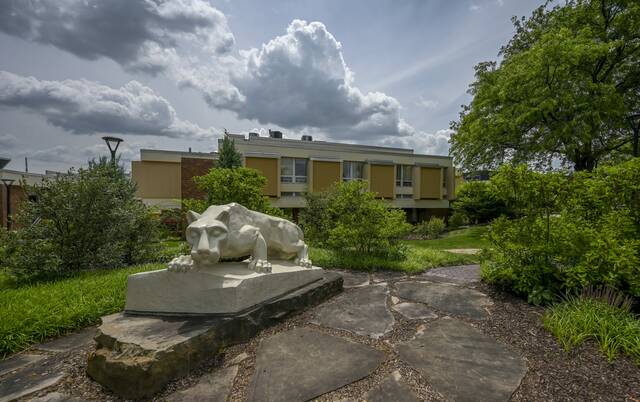Pennsylvania does not have the most colleges of any state.
That spot goes to California, which has 400. The Keystone State comes in fourth, behind New York and Texas. There are 218 post-secondary schools in Pennsylvania, based on federal Department of Education statistics.
But look at the population, and things are different. California has a population of 39.5 million. That’s one college for every 98,000 or so people. Pennsylvania’s population is one-third of that at 12.9 million. It has one higher education facility for every 32,000 people.
Still a lot, right? Maybe not.
While education is certainly open to anyone, the target group for a college education is those 18 to 24. That’s 1,154,671 people. Big difference. Break that down by Pennsylvania’s schools, and you’re looking at one for every 2,886 recent high school graduates.
Except the Bureau of Labor Statistics says, 40% of them have other plans after high school. Now you are down to just 1,732 potential students for each college.
Those students aren’t distributed equally, of course. You have the big dogs such as Penn State, with 48,765 people enrolled at its main campus, and the University of Pittsburgh, with 29,178. Take the main branches of the state’s largest universities out of play, and now you are at 1,340 students per college.
Those people might be the hottest commodity in the state. The Pennsylvania State System of Higher Education has been looking to increase its enrollment numbers, which have dropped 29% since 2010. The number of big and small private schools that pepper the state aren’t immune, with nationwide private school numbers down 0.9%, according to Forbes.
But the big dogs are having problems, too, even though it might not seem like it on those main campuses. At Pitt’s Oakland campus, enrollment is up 1%. At Penn State’s University Park campus, the numbers are up by 8%. That’s great.
However, both schools have networks of smaller campuses. Pitt’s branch enrollment is down by 36% and Penn State’s by 30%.
Upcoming Local Events
That’s concerning, and not just for the schools. It’s an issue for the communities, as well. Colleges are a critical part of the state’s economic engine, but they can be even more vital to local economies. They need the paychecks from the colleges, but they also depend on the money students bring in rent and retail.
What this means is Pennsylvania schools competing against each other for those 1,732 students apiece. And that’s assuming none of them go to school out of state — and others, like the State University of New York, already are in the fight.
“What we are doing right now is not working,” Gov. Josh Shapiro said in March.
He’s right.
Like all states, Pennsylvania has to find a better way to balance the educational needs of students with the training demands of industries. State and state-related schools need to address sky-high tuition costs that can be a deterrent to attendance.
There have to be real conversations about difficult choices and innovative solutions because there are only so many students to go around.

